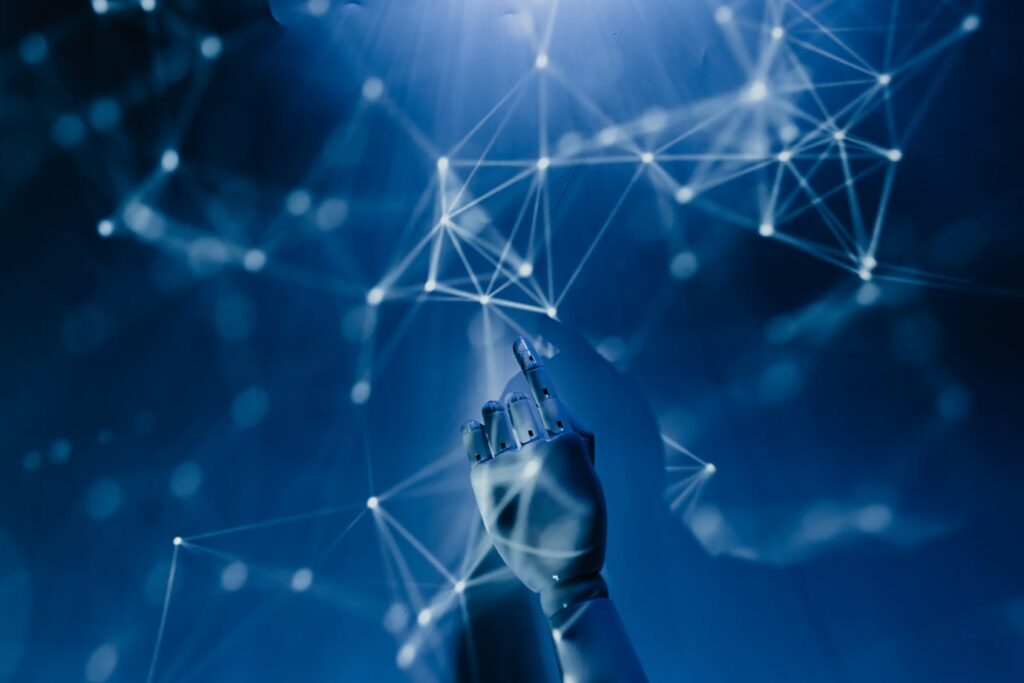In the ever-evolving landscape of the 21st century, digital technology has become the driving force behind our daily lives. From the smartphones we can’t live without to the cloud computing systems that power businesses worldwide, digital technology is everywhere. But what exactly are some examples of this transformative tech?
This article will delve into the world of digital technology, showcasing examples that have revolutionized our lives. We’ll explore a variety of sectors, from communication and entertainment to healthcare and education, demonstrating how digital technology has reshaped these industries and our world. So buckle up, it’s going to be an enlightening journey into the heart of our digital age.
Overview of Digital Technology
Definition and Importance
Digital technology refers to a broad scope of tools and systems that manipulate and produce information encoded and processed digitally.

Rooted in binary code – combinations of zeros (0) and ones (1) – it includes a myriad of components like the internet, mobile phones, robotics, and artificial intelligence. These tools offer precise control, allowing systems to function with unparalleled efficiency and agility.
The significance of digital technology proves undeniable. It moves beyond convenience; it’s a revolutionary force precipitating seismic shifts on a global scale. Industries, from finance and healthcare to education and entertainment, reap the benefits. For example, the medical field has witnessed striking advancements through digital technology, such as e-health records, remote patient monitoring, and telehealth services. The entertainment industry, too, has evolved, with digital platforms transforming the way people consume media.
Evolution of Digital Technologies
A journey through the timeline of digital technology showcases its remarkable evolution. Starting from early computing machinery, like the 1940s ENIAC (Electronic Numerical Integrator and Computer), we’ve witnessed an incredible leap to today’s sophisticated smartphones and autonomous robots. Each step of the journey provides mounting evidence of rapid progress, bolstered by two important phenomena – Moore’s Law and the digital age’s democratization.
Moore’s Law, hypothesized by Gordon Moore in 1965, asserts that the number of transistors on a cheaply manufactured integrated circuit doubles approximately every two years. An exciting testament to this law is smartphones, which pack more computing power into a handheld device than the expansive, room-filling computers of the past.

Moreover, the accessibility of digital technology has greatly broadened over the years. The once luxury items, such as personal computers or mobile phones, have become ubiquitous, contributing to the democratization of technology. Applications like social media platforms empower individuals to share and access information, participate in global discourse, and foster digital communities.
This evolution underscores the dynamic nature of digital technologies – a rollercoaster ride of innovation that catapults us ever forward into a future buzzing with potential.
Digital Technology Examples
From the grand canvas of digital technology, several innovations stand out due to their transformative effect on our world. Let’s delve into a few of these key digital technology examples.
Artificial Intelligence and Machine Learning
Artificial Intelligence (AI) and Machine Learning (ML) sit prominently in the pantheon of digital technology advancements.

AI refers to machines emulating human intelligence, which often includes learning, reasoning, problem-solving, perception, and linguistic intelligence. For instance, voice assistants like Amazon’s Alexa and Apple’s Siri tap into AI to comprehend and act on voice commands.
On the other hand, Machine Learning, a subset of AI, involves computers learning from data. ML enables computers to spot trends, learn from them and make predictions, all without explicit programming. Netflix’s recommendation algorithm that suggests shows based on user preferences exemplifies ML’s prowess.
Blockchain Technology
Another disruptor in the digital space, Blockchain technology, ensures secure, decentralized transactions, creating a sense of trust. It’s a chain of data blocks, each block holding the transaction data and a hash pointer connecting it to the previous block. The collision-resistant nature of these hash functions makes blockchain a safe haven for data. Cryptocurrencies like Bitcoin and Ethereum are practical examples of this technology in action, where transactions occur without an intermediary, fostering anonymity and decentralization.
Internet of Things (IoT)
The concept of Internet of Things (IoT) combines digital technology with physical objects, creating a hyper-connected world. IoT involves linking everyday objects to the internet, attributing them “smart” capabilities. This connectivity allows devices to communicate and share data, enhancing the operation and efficiency of systems. Examples of IoT implementation include smart homes where devices like thermostats, light bulbs, and security systems integrate seamlessly to improve living standards, and wearables like fitness trackers analyzing health-related data to provide valuable insights.

